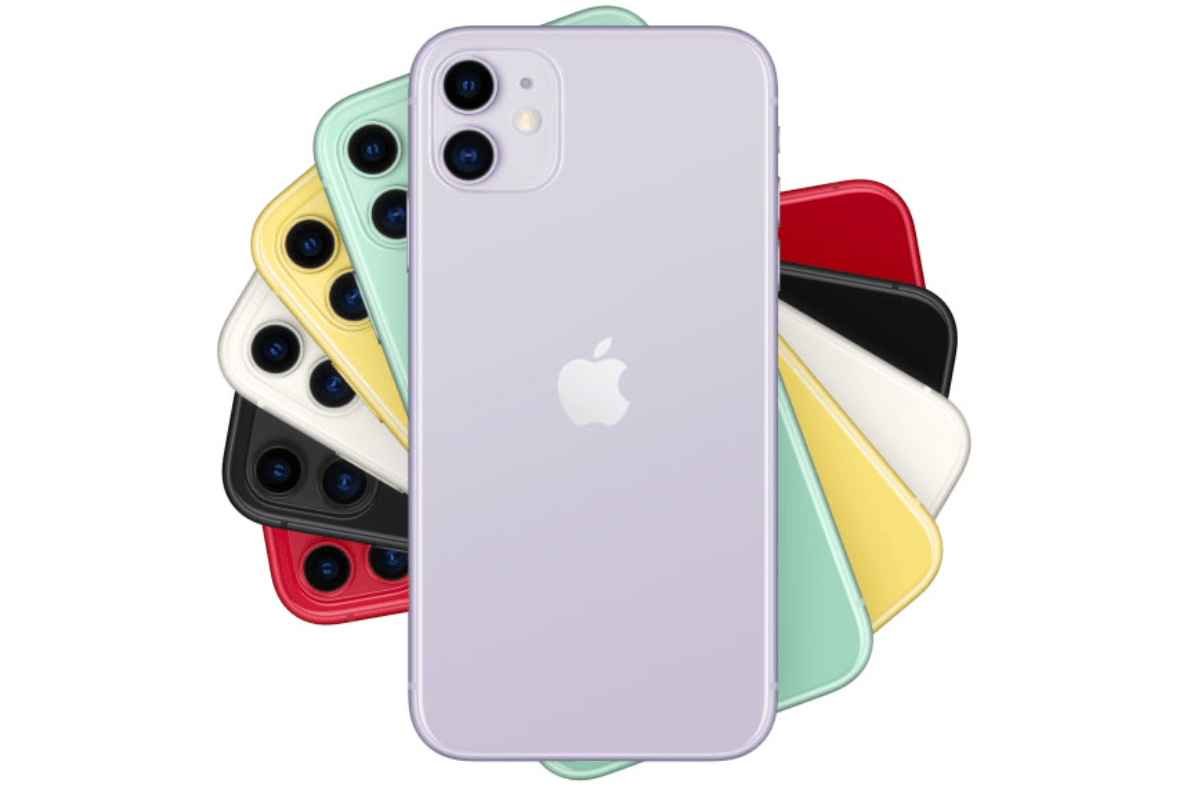Expectations for the iPhone 12 are being set extremely high. In fact, the bar is so high that Apple may have a difficult time achieving it. The latest set of expectations for a borderless, all-screen iPhone comes from a number of patents uncovered in Japan. Thus, there is no guarantee that such a design will see the light of day, especially this year.
Under-display camera and fingerprint technology
Apple has been using a notch to shrink down the size of the bezels on the iPhone since the iPhone X, so it comes as little surprise that fans are now wanting to see more. A borderless, all-screen iPhone might not be very far away, even if it doesn’t make an appearance this year. A number of patents describing new technology could show how such a device could be achieved.
In order for a fully borderless, all-screen iPhone to be possible, the TrueDepth camera would have to be placed under the display. We’ve been hearing rumors about this possibility for a while. Rumors about an under-display fingerprint sensor have been circulating even longer.
China Times reported on a Credit Suisse presentation at MWC Shanghai in 2019. The presenter reportedly said Apple suppliers were putting the final touches on a full-screen display for the 2020 iPhone. That meant getting rid of Face ID and putting a Touch ID fingerprint sensor under the display.
Supposedly, the under-display fingerprint sensor will be on all iPhone models next year. However, the under-display camera will reportedly only be on the most expensive iPhone model. The less expensive iPhone 12 models will then be based on the iPhone 11 line-up.
Patents for a borderless, all-screen iPhone
Let’s Go Digital uncovered three patents pertaining to technology that could be used for a borderless, all-screen iPhone. The patents were filed in Japan in December, and four images were included in each of them. All three patents show an iPhone model without a notch.
One patent focuses mostly on the user interface for the device, although it includes photos of the top and sides of the device. However, the display on the device in this patent does not have a notch, unlike the displays on all recent iPhone patents. The receiver for the device is placed in the top bezel in the middle, but all the other components have been moved under the display.
The buttons look like those on the iPhone 11. There’s a long multi-functional side button on the right-hand side of the device. The button turns the phone on and off. On the left-hand side of the device, there are two volume buttons and a switch to silence the device.





